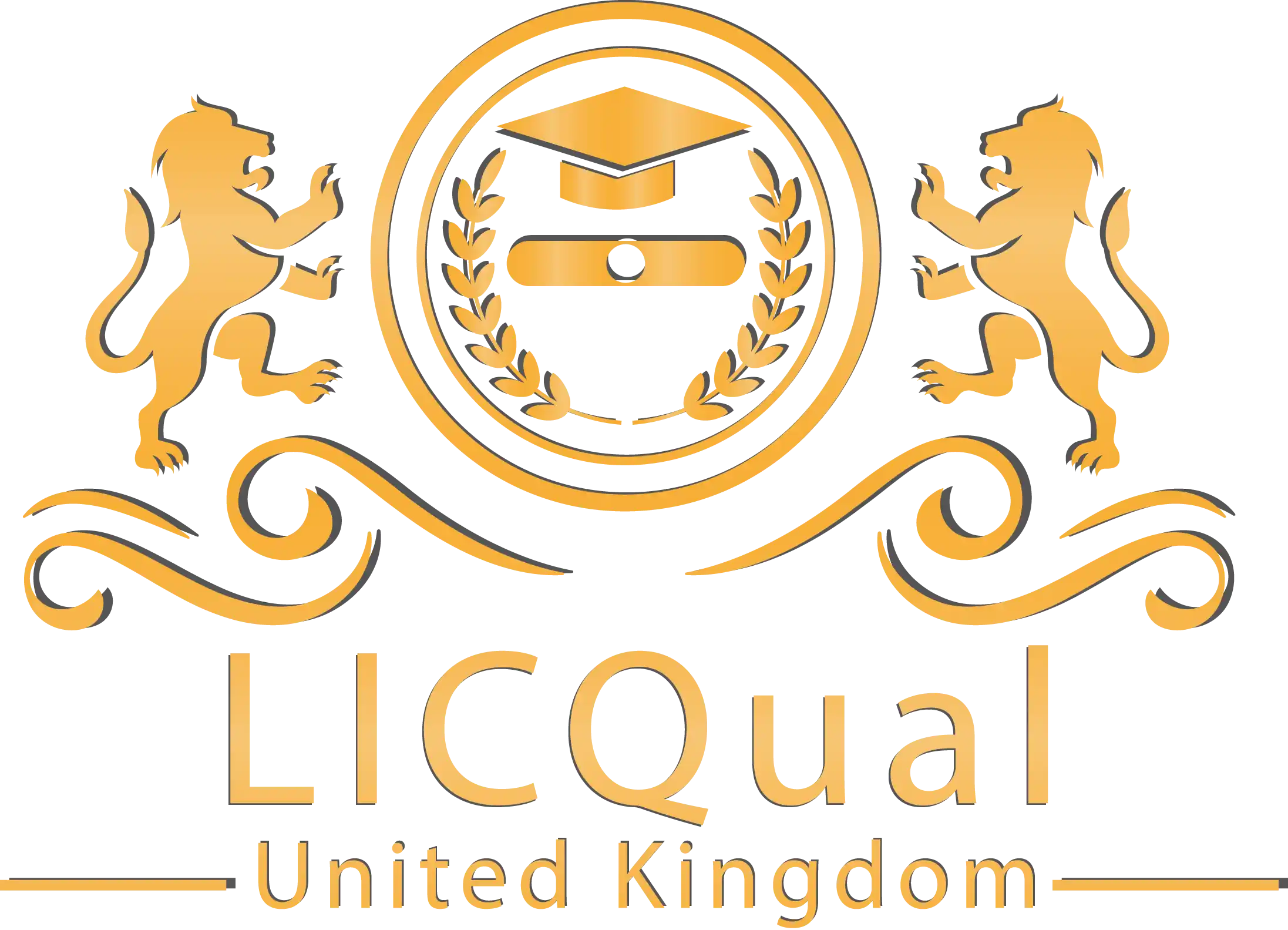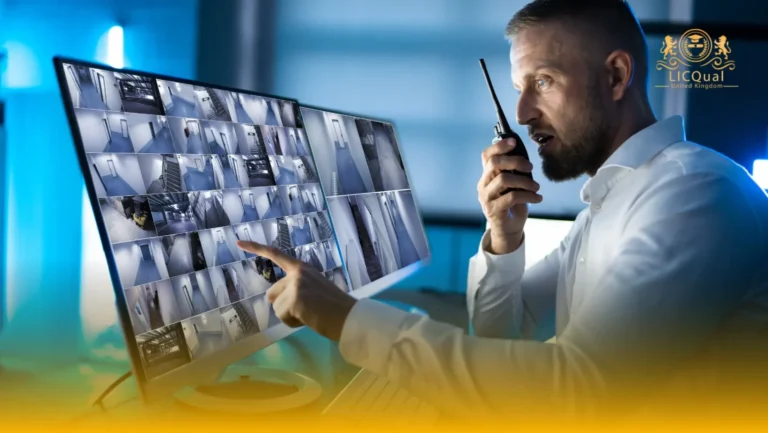The LICQual Level 3 Certificate in Slinger is an advanced qualification designed for experienced slingers who wish to develop their expertise and take on more complex lifting operations. This course builds on foundational knowledge and enhances the skills required to manage large, intricate, and potentially hazardous lifting tasks. Ideal for professionals seeking supervisory or leadership roles, this qualification equips individuals with the knowledge to safely oversee and carry out slinging operations in high-stakes industries such as construction, offshore, transport, and heavy engineering.
As an essential role in any lifting operation, the slinger is responsible for ensuring the load is securely attached to the lifting equipment, maintaining clear communication with the crane operator, and ensuring the lifting process is conducted safely and efficiently.
The LICQual Level 3 Certificate in Slinger focuses on the critical skills required to perform these tasks in more advanced settings, covering complex rigging techniques, load calculations, safety regulations, and team leadership in high-pressure environments. This qualification is designed to prepare professionals to handle difficult and high-risk lifting operations with precision and confidence.
This advanced course includes a comprehensive exploration of the various slinging methods, including selecting the appropriate slings, shackles, and other lifting accessories based on the load and environment. Learners will be trained in load assessment, determining the center of gravity, and calculating the weight and stability of complex loads.
The LICQual Level 3 Certificate in Slinger delves into topics like understanding lifting angles, weight distribution, and advanced signaling techniques. Participants will learn to manage loads of all sizes and complexities, from standard to unconventional and heavy-duty operations, ensuring that all tasks are carried out safely and efficiently.
Safety is at the forefront of the LICQual Level 3 Certificate in Slinger, and this course provides students with an in-depth understanding of risk assessments and hazard identification. Learners will be equipped to evaluate the environment and the lifting process to ensure compliance with safety regulations such as Lifting Operations and Lifting Equipment Regulations (LOLER) and Provision and Use of Work Equipment Regulations (PUWER).
In addition to technical skills, the course emphasizes the importance of personal protective equipment (PPE) and ensuring that all lifting equipment is regularly inspected and maintained to meet safety standards.
A core component of this qualification is leadership training. As slingers progress in their careers, they may be required to take on supervisory roles, managing teams of riggers, crane operators, and other personnel involved in lifting operations.
The LICQual Level 3 Certificate in Slinger provides learners with the necessary communication and leadership skills to direct lifting teams, ensuring all safety protocols are followed, and the lifting process runs smoothly. Students will gain confidence in overseeing large, high-risk operations and ensuring all team members work together to minimize risks and maximize efficiency.
Upon completion of the LICQual Level 3 Certificate in Slinger, learners will receive a respected certification recognized across multiple industries. This qualification is ideal for those who wish to progress to senior roles within the lifting and rigging sectors. Graduates will be prepared to handle more complex lifting operations, supervise teams, and ensure compliance with all relevant safety standards.
Whether advancing within their current role or seeking new opportunities, the LICQual Level 3 Certificate in Slinger significantly enhances employability and career prospects, offering a pathway to leadership roles in some of the most demanding and dynamic industries.
Course Overview
Qualification Title
LICQual Level 3 Certificate in Slinger
Total Units
6
Total Credits
24
GLH
120
Qualification #
LICQ2200185
Qualification Specification
To enroll in the LICQual Level 3 Certificate in Slinger, applicants must meet the following criteria:
|
Qualification# |
Unit Title |
Credits |
GLH |
|---|---|---|---|
|
LICQ2200185-1 |
Advanced Slinging and Signalling Operations |
4 |
20 |
|
LICQ2200185-2 |
In-depth Risk Assessment for Complex Lifting |
4 |
20 |
|
LICQ2200185-3 |
Complex Equipment Handling |
4 |
20 |
|
LICQ2200185-4 |
Environmental and Hazard Awareness |
4 |
20 |
|
LICQ2200185-5 |
Problem Solving and Troubleshooting in Lifting |
4 |
20 |
|
LICQ2200185-6 |
Comprehensive Knowledge of Industry Standards |
4 |
20 |
By the end of this course, learners will be able to:
1. Advanced Slinging and Signalling Operations
- Demonstrate the ability to perform advanced slinging and signalling techniques for complex, oversized, or irregularly shaped loads.
- Apply appropriate rigging methods for challenging lifting scenarios, ensuring the load is stable and secure throughout the operation.
- Recognize and respond to changes in lifting conditions, adapting techniques to ensure safety and operational efficiency.
- Effectively communicate with crane operators and the lifting team using advanced hand signals and verbal communication methods.
2. In-depth Risk Assessment for Complex Lifting
- Conduct comprehensive risk assessments for complex lifting operations, considering all potential hazards, including environmental factors, equipment limitations, and load characteristics.
- Identify and evaluate risks related to unusual or challenging lifting operations and determine appropriate mitigation strategies.
- Develop and implement control measures to ensure lifting operations are conducted safely and in compliance with regulatory standards.
- Understand the importance of regular review and adjustment of risk assessments during lifting operations as conditions change.
3. Complex Equipment Handling
- Safely select, inspect, and operate complex lifting equipment, ensuring it meets operational and safety standards.
- Understand the technical requirements and limitations of specialized lifting equipment, including cranes, hoists, and slings.
- Troubleshoot and resolve issues related to equipment performance, ensuring continuous safe operation during lifting tasks.
- Perform routine maintenance and care for lifting equipment to prevent breakdowns and extend its lifespan.
4. Environmental and Hazard Awarenes
- Recognize environmental hazards that may affect lifting operations, such as weather conditions, site terrain, and surrounding structures.
- Understand how to assess and mitigate risks posed by environmental factors to ensure safe lifting practices.
- Apply hazard awareness principles to identify potential risks in the worksite environment, taking proactive steps to reduce accidents.
- Demonstrate an understanding of how environmental regulations and conditions affect lifting operations.
5. Problem Solving and Troubleshooting in Lifting
- Develop problem-solving skills to identify and address issues that arise during lifting operations, such as equipment malfunction or unexpected site conditions.
- Analyze lifting operations to detect potential issues before they occur, implementing corrective actions to prevent accidents.
- Use critical thinking to resolve conflicts between lifting team members or equipment challenges, ensuring operations run smoothly.
- Apply troubleshooting techniques to maintain safe and efficient lifting operations, especially in high-pressure situations.
6. Comprehensive Knowledge of Industry Standards
- Understand and apply national and international lifting industry standards, including health and safety regulations, equipment standards, and operational guidelines.
- Ensure lifting operations are in full compliance with legal and regulatory frameworks, reducing risks and ensuring worker safety.
- Develop a thorough understanding of industry best practices and continuously implement them to improve operational standards.
- Stay up-to-date with evolving industry standards and incorporate new practices into daily operations to maintain compliance and safety.
This diploma is ideal for:
Assessment and Verification
All units within this qualification are subject to internal assessment by the approved centre and external verification by LICQual. The qualification follows a criterion-referenced assessment approach, ensuring that learners meet all specified learning outcomes.
To achieve a ‘Pass’ in any unit, learners must provide valid, sufficient, and authentic evidence demonstrating their attainment of all learning outcomes and compliance with the prescribed assessment criteria. The Assessor is responsible for evaluating the evidence and determining whether the learner has successfully met the required standards.
Assessors must maintain a clear and comprehensive audit trail, documenting the basis for their assessment decisions to ensure transparency, consistency, and compliance with quality assurance requirements.







